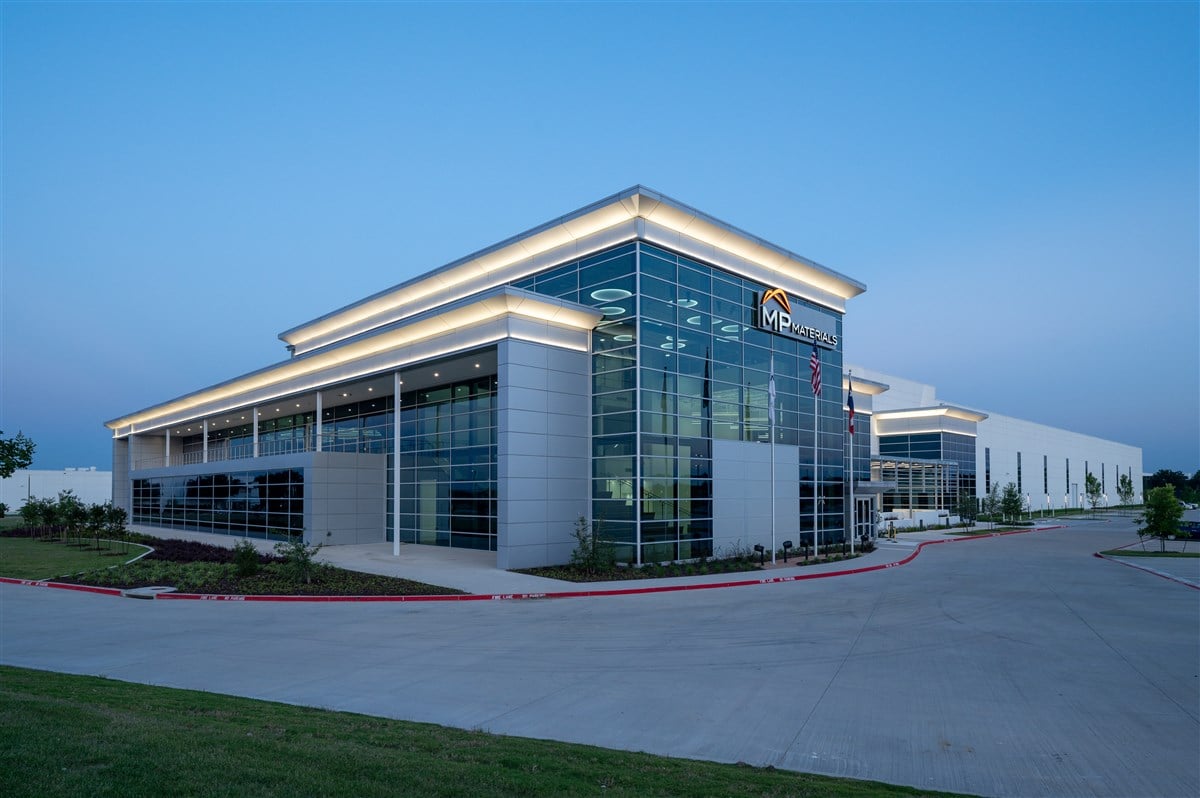Vertical Aerospace: An Analyst's Roadmap to a Potential Re-Rating

On Aug. 22, 2025, investment firm Cantor Fitzgerald initiated coverage on Vertical Aerospace (NYSE: EVTL) with a bullish Overweight rating and a $8.00 price target. A new analyst rating is a significant event in the fast-moving electric vertical takeoff and landing (eVTOL) sector.
However, this initiative is particularly noteworthy because it comes after a transformative summer for the company, a period marked by milestone flights, crucial funding, and a landmark manufacturing deal.
While the stock has been consolidating after its July rally, Cantor’s fresh analysis provides a comprehensive framework for investors to value this recent progress.
It suggests that Wall Street is taking a closer look at the company’s methodical de-risking of its business plan, building a case far beyond a futuristic prototype.
What Cantor's Analysis Reveals
Cantor Fitzgerald’s bull case is based on a multifaceted strategy that it believes sets Vertical Aerospace apart. The analysis highlights three core pillars that give the company a competitive edge in the race to certify and commercialize its aircraft.
A Differentiated, High-Quality Order Book
A large order book is a key validation point in the pre-revenue eVTOL industry, and Vertical’s order book is among the largest. The company holds conditional pre-orders for over 1,500 VX4 aircraft, representing a potential revenue pipeline of approximately $6 billion.
Cantor’s analysis, however, looks beyond the headline number to the customers' quality. The order book is strategically diversified across various market segments, including major airlines such as American Airlines (NASDAQ: AAL), global aircraft lessors like Avolon, and specialized helicopter operators like Bristow (NYSE: VTOL).
This mix is critical as it de-risks future revenue by reducing reliance on any single part of the aviation market and provides deep operational expertise from launch partners.
A Multi-Pronged Revenue Strategy
Vertical’s business model extends well beyond simply selling aircraft. The analyst report highlights the company's plan to develop multiple revenue streams. The most prominent is a long-range, 1,000-mile hybrid-electric aircraft aimed at the lucrative defense sector, cargo transport, and government services markets.
This strategy was recently strengthened by the high-profile appointment of Lord Andrew Parker, the former head of Britain's MI5, to the company's board. A key long-term value driver is the recurring revenue expected from battery replacements.
This creates a razor-and-blade model, where high-margin, consumable batteries provide a steady income stream long after the aircraft's initial sale.
A Strategic Safety Moat
Perhaps the most insightful part of Cantor's analysis is the concept of a competitive moat built on safety. Vertical is strategically pursuing certification under the European Union Aviation Safety Agency's (EASA) rigorous SC-VTOL standards.
This requires proving a catastrophic failure rate of less than one in a billion flight hours, the same standard applied to commercial airliners. While incredibly challenging, meeting this benchmark could grant the company easier access to the stringent European market.
This strategy is supported by tangible actions, including the recent partnership with Tier 1 supplier Aciturri, a company with decades of experience meeting the demanding commercial airliner certification standards.
Following the Money: Stability, Spending, and Shifting Sentiment
Cantor Fitzgerald's analysis is supported by Vertical Aerospaces’ disciplined execution and shifting market sentiment. Vertical's first-half 2025 financial report, released on Aug. 5, provides a crucial foundation of stability that underpins its strategic ambitions.
The company reported a strong cash position of approximately $137 million, providing a financial runway management expects to last until the middle of 2026. This runway is a critical metric for a pre-revenue technology company, providing investors with confidence that the business is adequately funded through its next series of key milestones.
While the reported earnings-per-share (EPS) figure missed analyst estimates due to non-cash accounting adjustments, the more important metric for investors (the company's spending) remains on track. Management reaffirmed its full-year 2025 guidance for net operating cash outflow, signaling strong budgetary control.
Recent market data further reinforces this bullish outlook. For the period ending July 31, 2025, the number of shares sold short fell by a significant 28.2% to 1.91 million. A sharp drop in short interest indicates that traders are closing out their negative positions, a signal that bearish sentiment is diminishing.
With an average trading volume of around 850,000 shares, the current short interest represents a low days-to-cover ratio of just over one day, suggesting very light pressure from short sellers.
For investors, the story surrounding Vertical Aerospace has become more precise and more compelling over the past few months. The company has demonstrated tangible flight progress, secured its manufacturing path with a Tier 1 partner, and proven its financial discipline.
Wall Street sees significant potential upside with a market cap of around $496 million and an average analyst price target of $10.43. The new, detailed analysis from Cantor Fitzgerald offers a validated framework for understanding these achievements, creating a powerful argument for investors to reconsider the company's long-term potential.
Learn more about EVTL


